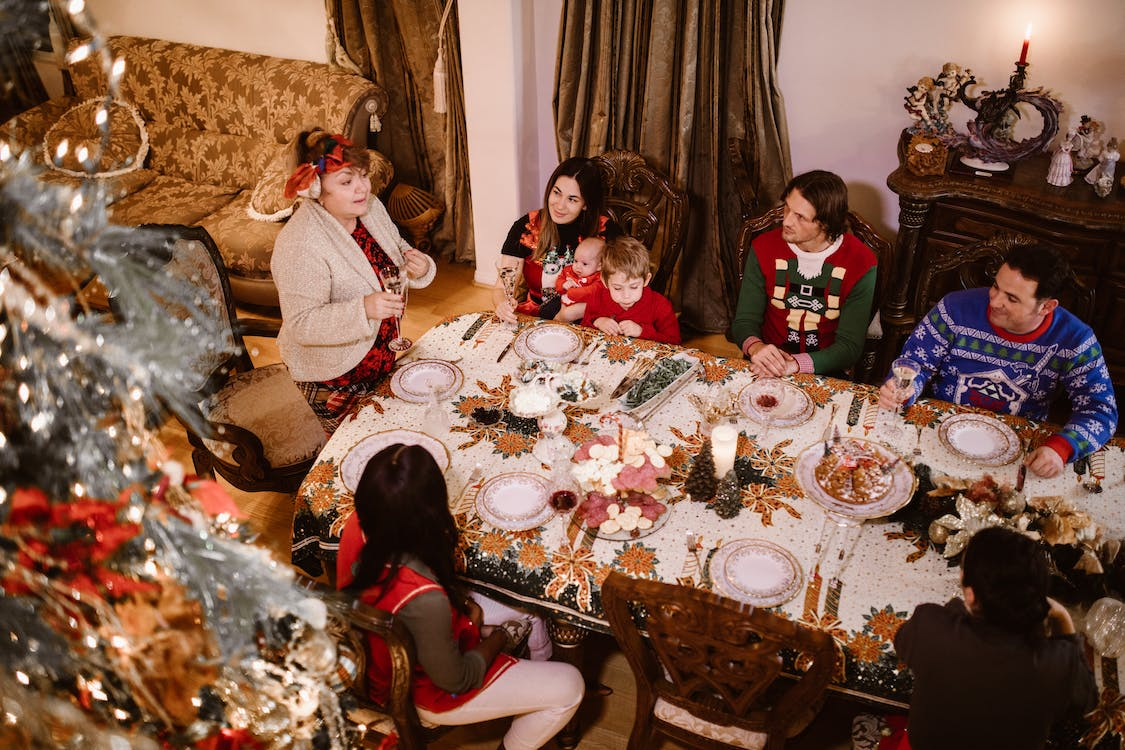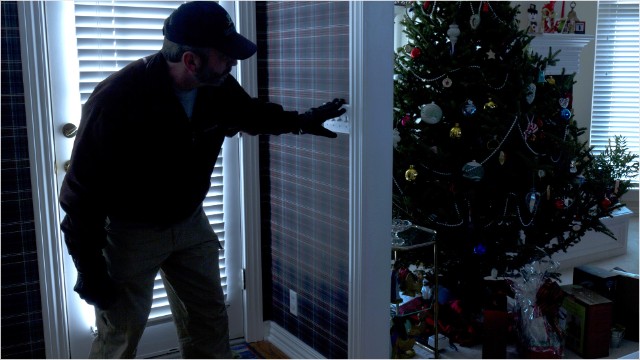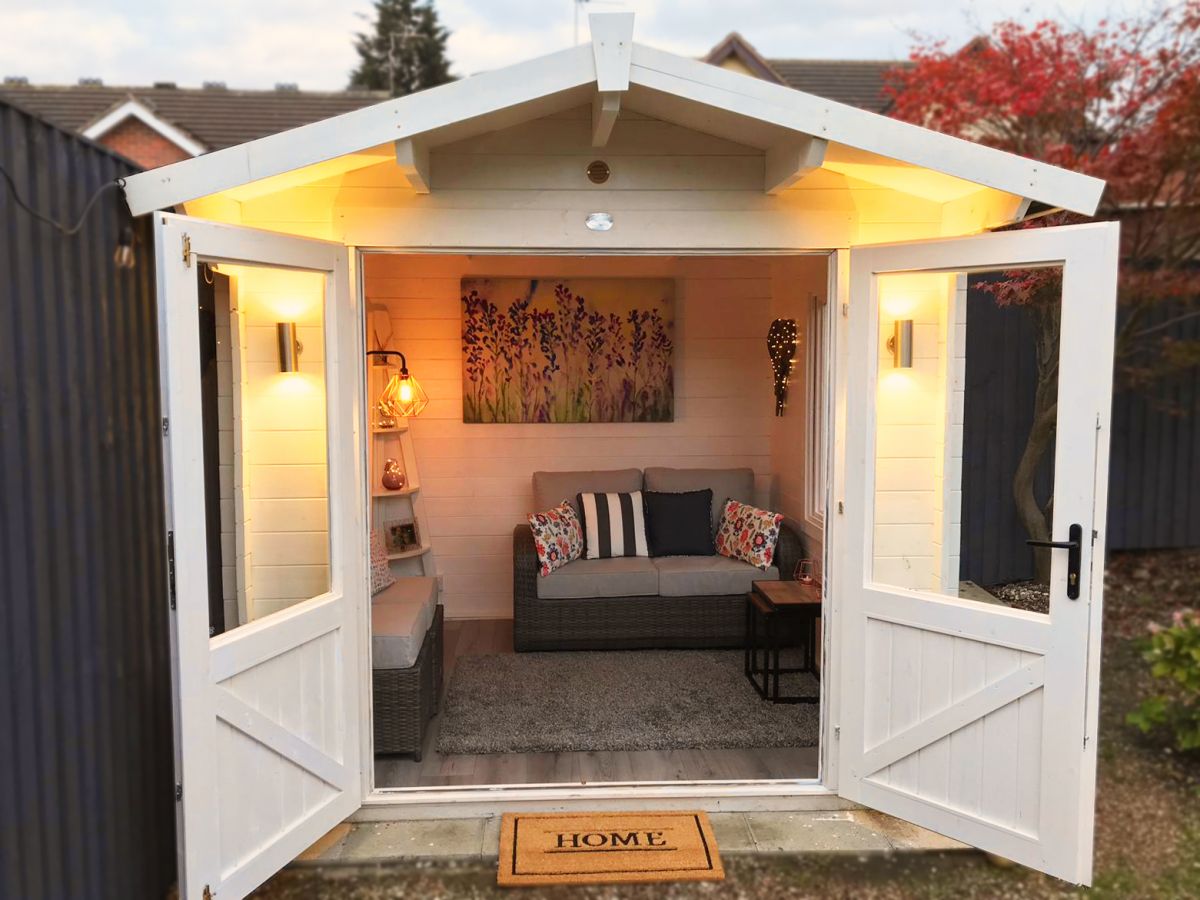Of all of the different decorating styles and trendsters, Chinese interior designs are one of the most understated of them all. Though they’re talked about less often than mid-century, Scandinavian or baroque, their constant momentum, their ever-present appearance and their perfectly poised lineage has made Chinese interior designs one of the most powerful, memorable and influential designers in history.
What is Chinese Interior Style?
Chinese interior design is a reflection of the Chinese people’s cultural heritage, and is deeply rooted in centuries-old traditions and philosophies.
The Chinese believe that everything has a spirit, and that every object possesses some form of energy. They believe that each element of a room has its own purpose, and must be harmoniously arranged within the overall scheme of the interior.
The Chinese are very particular about the way things look, and the way objects are arranged. This extends to how furnishings are displayed in the living areas of the home. Furniture is usually kept low to the ground, and placed against walls rather than sitting on shelves.
In terms of lighting, the Chinese prefer soft lighting over harsh illumination, and use natural light wherever possible. Natural light is considered to be good luck, and the Chinese believe that it brings happiness and prosperity to those inside the home.
1. Cloisonne
Like many things in life, cloisonne is a combination of old and new. In fact, the word itself is French for “enclosed space.” This refers to the enclosed area where the process takes place. The art of cloisonné dates back thousands of years. However, it wasn’t until the 19th century that it really took off.
The technique of creating cloisonné began in the Middle East around 1000 AD. From there, it spread across Asia and eventually reached Europe during the Renaissance. By the 16th century, cloisonné had become very popular in France, England and Germany.
You can expect to see at least one cloisonné piece in any Chinese interior today. They’re often seen decorating ornamental boxes, vases, statues and even tea pots.
2. Bamboo
The ancient Chinese culture has been associated with bamboo since ancient times. Bamboo is one of the oldest plants in existence and has been used as a building material for thousands of years. It is strong, durable, easy to grow, renewable and requires little maintenance.
In recent decades, the use of bamboo as a construction material has increased exponentially due to its low cost, ease of installation, high strength-to-weight ratio, resistance to fire and pest infestation, recyclability, durability and sustainability.
Today, bamboo is widely recognized as a green building material because of its many benefits. It is naturally resistant to insects, mould and rot, making it suitable for outdoor applications such as exterior cladding, roofing, fencing and landscaping.
3. Ming Dynasty Furniture
The Ming Dynasty was established in 1368 following the collapse of the Yuan dynasty and lasted until 1644. During this period, the city of Beijing saw great prosperity and it was during this time that the furniture industry flourished. The Ming Dynasty was known for its production of high quality ceramics and bronze vessels, however, furniture making was perhaps even greater in scale and scope. Furniture produced during this time included everything from chairs and tables to beds and screens.
These tables were made from precious woods and showed superb display of craftmanship and joint workmanship. They had simple constructions but no ornamentations. This enabled their natural beauty to show through and allow for what decorations there was to be appreciated fully. These pieces are often described as being “golden”, due to the rich colour of the wood and the fine detailing of the carvings.
4. Lacquer Techniques
Lacquer techniques are associated with China and were used extensively during the Ming dynasty. They’re a skill that’s over 1000 years old and takes a lot of time and patience. On elaborate pieces of furniture, the craftsmen would use multiple layers of lacquer to create intricate scenes.
One of the most famous examples of such workmanship were the Chinese Coromandels screens that used a vast array of lacquering techniques – including gold leafing, painting, gilding, and even carving.
More recently, lacquering techniques have been applied to walls too. In fact, it’s becoming increasingly common to see wallpaper designs featuring elaborate patterns and scenes that look like paintings.
5. Latticework
Lattice patterns are often used in Chinese interior designs because they add an airy feeling and provide a sense of seclusion. Its use is common in furniture such as cabinets, shutters and even bed frames.
Traditional canopy beds can have latticework or fretwork on the inside and outside of the wood panelling. These patterns are traced out by the lattice itself, giving it a unique look. They can be geometric or floral-based, depending on what you want to achieve.
6. Chinoiserie Wallpaper
Chinaiseerie wallpapers were often painted by hand with luxurious colors and meticulous details. They were considered a form of luxury decoration and were popular during the 18th century and into the early 20th century.
Although not traditional to Chinese design, they flourished in the 18 th century and became more widespread during the 19 th century. There are original examples in the royal pavilion in Brighton and in the yellow drawing room at Buckingham palace.
Chinoise wallpaper (either real or imitation) can be used in panels lined up against the walls of a room, to decorate a dinner table, or as a backdrop to display fine china or crystals. It has been known for its slow fade and elegance.
Conclusion
The Chinese home interior style is one that combines many different elements of Chinese culture together. It’s a fusion of East and West, where each element plays off the other. It’s a style that’s easy to replicate and adapt to your own tastes and preferences. If you’re looking to incorporate this style into your own home, consider consulting with a list of local professionals who can help you create a space that truly reflects the beauty and sophistication of Chinese design professionals.






